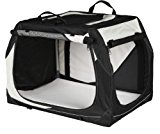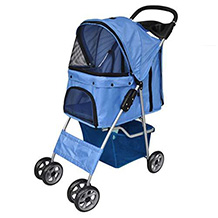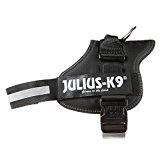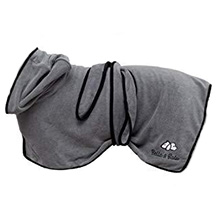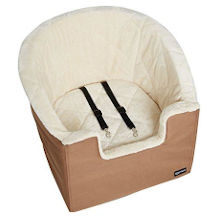Dried dog food purchasing advice: how to choose the right product
- What You Need to Know
- Dry dog food has a long shelf life, is cheap and good for the teeth.
- The dry food should cover the dog’s calorie requirements and also contain all the important micro- and macronutrients.
- It is especially important that the dog gets enough protein.
- Dry dog food can be extruded or cold-pressed. Extruded food is usually more digestible, while cold-pressed preserves more vitamins.
- The dog’s nutritional needs change depending on age – puppies need more protein than seniors, for example.
Cheap does not have to be bad
The time is ripe for a new family member. The visit to the breeder or animal shelter was a success and the dog is already sitting in its transport box on the way to its new home. Only the dog food has not yet been bought. Now the first decision has to be made: dry food, wet food or raw food? A blanket recommendation does not make sense. You can feed your dog healthily with all dog food alternatives. However, those who value convenience and a reasonable price tend to prefer dry food.
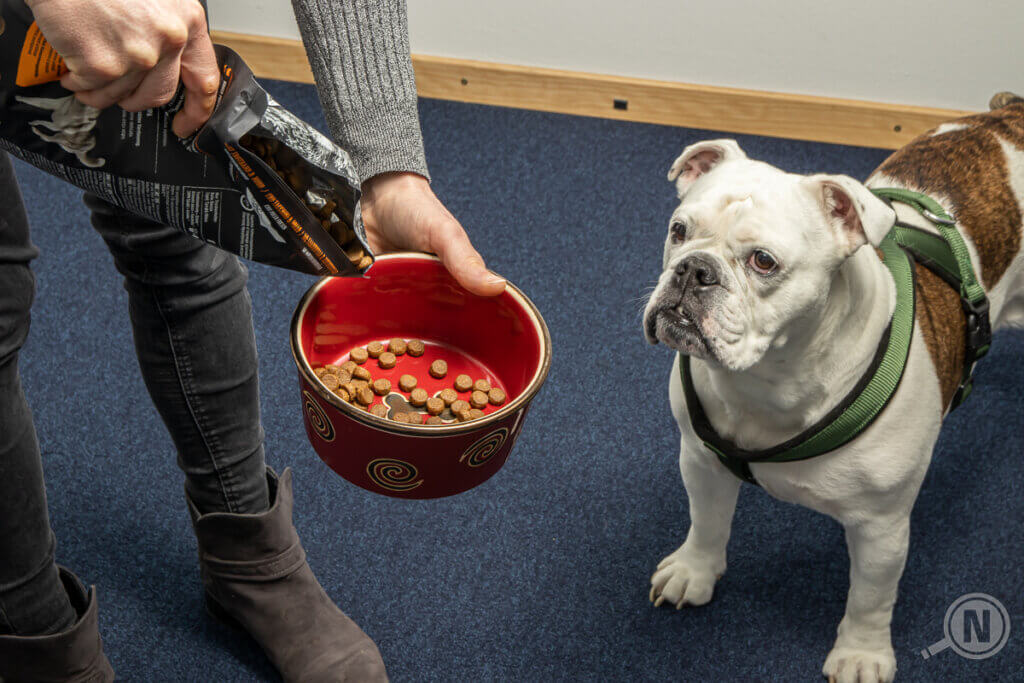
Compared to wet food or raw food, dry food lasts much longer, provided it is packed airtight and stored in the shade. The hard food benefits both the dog’s teeth and dentition. It is also much cheaper and more environmentally friendly – the packaging waste is limited compared to wet food tins. It should be noted, however, that a large part of the water is removed from the food during the production process. For this reason, dogs that are mainly fed dry food have to drink more water. Last but not least, dry food has a high calorie requirement. So you should be careful not to give your dog too much of it.
Production methods: Cold-pressed or extruded?
The most important thing is that dry dog food contains all the necessary nutrients as well as sufficient energy – i.e. calories. If this is the case, dog owners can look at the way the dry food is made.
Cold-pressed
In cold-pressed dry food, the raw materials are dried, ground and mixed. Although this process takes place without the addition of heat, temperatures of up to 80 degrees Celsius are reached during production. This process is considered gentle and ingredients such as vitamins are largely preserved. However, as the feed is not heated to a high temperature, germ contamination cannot be ruled out.
Extruded
Extruded dry dog food is heated strongly, up to about 120 degrees Celsius. This process reliably kills germs. Thanks to its high degree of digestion, the dry food is suitable for dogs with digestive problems. However, the loss of nutrients due to heating is an argument against this – especially with regard to heat-sensitive vitamins. Manufacturers often add these to the extruded dry dog food afterwards.
What must dry dog food contain?
“Dogs are descended from wolves, after all. So they are carnivores,” people often say. Yes, and humans were once apes, yet we do not model our diet on chimpanzees. Dogs have been domesticated for thousands of years. Their bodies have also adapted to the situation: For example, dogs have enzymes that enable them to digest grains and other carbohydrates rich in fibre and starch. After all, dogs are not pure carnivores, but carni-omnivores, i.e. meat-eaters. They only have to do without dry dog food containing cereals if they suffer from an allergy or intolerance.
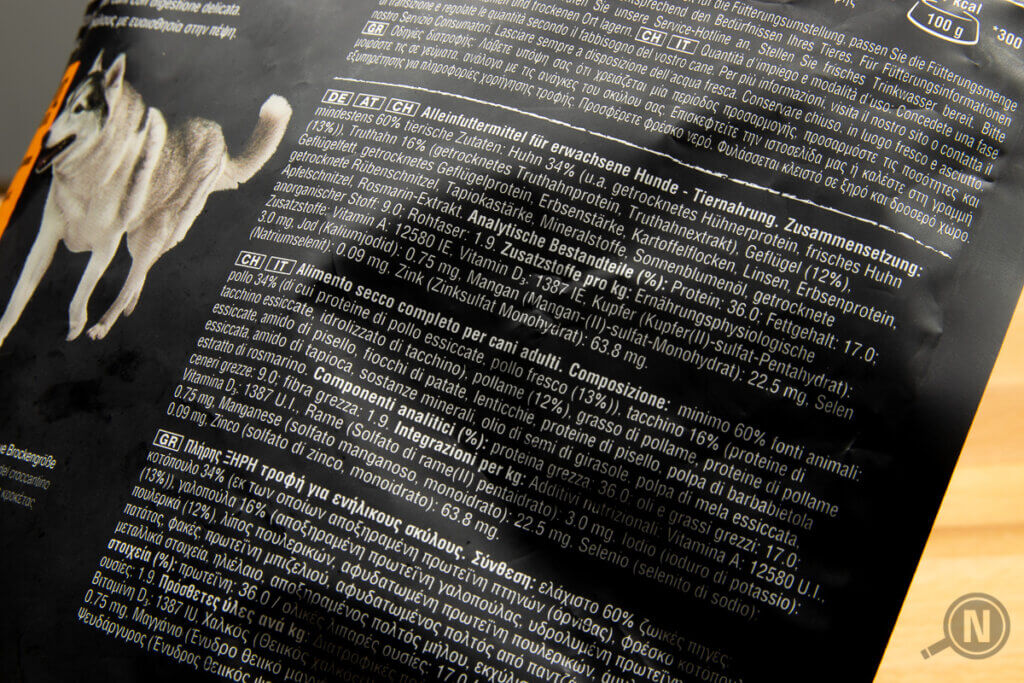
The amount of food a dog needs depends on different factors, such as breed, body weight, age, health condition and activity level. An average adult dog usually needs two to four percent of its body weight in dry food. For wet food, which has a lower calorie density, the percentage is correspondingly higher.
Macronutrients
Macronutrients are the energy-containing components of food, i.e. carbohydrates, fat and protein. Protein is particularly important for dogs: muscles, bones, tissues, enzymes and hormones depend on it. Puppies need more protein than adult dogs, while seniors usually need less, as too much protein puts a strain on the liver and kidneys. Carbohydrates are an important source of energy for dogs and a cheap filler for dry food manufacturers. That is why dry dog food often contains potatoes, rice or different types of grain. In addition, starchy carbohydrates aid digestion and are important for the intestinal flora. An example of a balanced distribution of macronutrients:
- 45 to 55 per cent carbohydrates,
- 35 to 55 per cent proteins,
- 5 per cent fats
- and 5 percent dietary fibre.
Micronutrients
Micronutrients are the nutrients that do not contain energy, specifically vitamins and minerals. These support vital functions. In dry dog food, they either come from the raw materials or are added afterwards. Dogs are dependent on vitamins A, B, D, E and K through food supply; dogs can produce vitamin C themselves. Minerals, which are often found in fish or offal, are also particularly important, for example the bulk elements calcium, phosphorus, sodium, chloride, potassium and magnesium, as well as the trace elements iron, zinc, copper, iodine, selenium and manganese.
What is crude ash?
Crude ash is what is left over after food has been heated in the oven at an extremely high temperature. In the case of dry dog food, this is mainly minerals. Although crude ash content is not necessarily a sign of quality, it is advisable to buy food that is ten percent or less crude ash.
Other buying criteria
Dry dog food is usually packed in large paper bags. The amount of food is often between 2 and 20 kilograms. The price per portion and the prey meat contained vary greatly from manufacturer to manufacturer.
Price
For dogs – as well as most other pets – dry food is the cheapest. Nevertheless, dry food can vary greatly in price. Stiftung Warentest, for example, tested dry dog food with prices ranging from 0.17 to 1.23 euros per daily ration. Most products are priced in between. If you also want to save money, you should buy large bags if possible, as large quantities are cheaper per kilogram.
The following table shows a comparison between dry food, wet food and BARF. These are guide values for a medium-sized dog. However, the costs can vary greatly, for example between discount and premium food.
| Type of food | Monthly costs |
| Dry food | 30–40 euros |
| Wet food | 50–100 euros |
| BARF | 50–80 euros |
Dog age
With age, the nutritional needs of animals change, similar to humans. Seniors need about 20 percent fewer calories and a lower protein and phosphorus content to preserve the aged liver and kidneys. Special dry food for older dogs is available in supermarkets, specialist shops and online. The same also applies to puppies.
Meat source
The meat in dry dog food can come from a variety of prey animals, and is usually made up of more than one species. The type of meat used has a significant impact on the taste, price and calorie content of the food. Beef has many calories and is particularly nutritious. Poultry is digestible and lean. Salmon has plenty of healthy fats and minerals. If your dog is a gourmet, he may prefer game. Some dry food manufacturers even use the protein source of the future: insect protein.
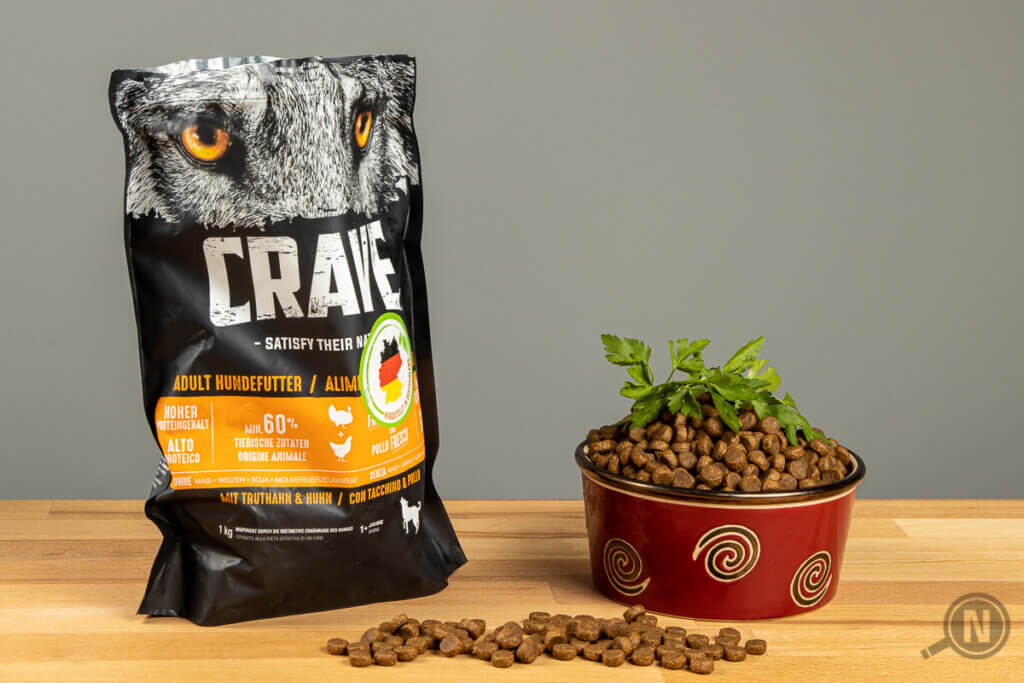
Dog food trends at a glance
Nutrition trends come and go, and not only for humans. Many dog owners are also rethinking the origin and content of dog food. Sustainability, animal welfare and health play an important role.
Organic dry dog food
It is very safe to buy dog food that is labelled with an organic seal of quality. Organic means that no genetically modified ingredients, pesticides or hormones were used in the production process. The label also indicates that the meat comes from sources with animal welfare.
Although there are many different organic labels, in Germany the German organic label (DE-ÖKO-006) and the EU organic label are the most widely used. Products with one of the two seals have 95 per cent or more of their contents from organic farming. Please note: Terms such as “natural”, “environmentally friendly” or “organic” are not protected and therefore do not guarantee organic quality. The only disadvantage of organic dry dog food is that it is usually a lot more expensive.
BARF
Barfing is one of the most popular nutritional trends for dogs. The term “B.A.R.F.” stands for “Born-Again Raw Feeders” or “Bones And Raw Foods”. In German, it stands for “biologically species-appropriate raw food” or “biologically species-appropriate raw feeding”. Barf meals are composed of raw food only. Meat, fish, bones, offal as well as fruits and vegetables go into the bowl raw.
The food is natural and nutrient-rich because the food is not processed. Many dog owners appreciate knowing exactly what goes into the bowl. This is especially important for animals with allergies or intolerances. However, barfing requires a lot of research and preparation, as dog owners need to ensure that the food meets all the dog’s needs. As the food is not cooked, there is also a higher risk of parasites or pathogens being present in the raw meat. Meat bones – especially poultry bones – can also cause injury and digestive problems.
Vegetarian and vegan dog food
Probably the most controversial dog food trend is a vegetarian (no meat and fish) or even vegan (no animal products) diet. Generally speaking, as with any nutritional protocol, it is important to ensure that the dog gets all the important nutrients. But is this even possible without meat? So far there is no clear answer. Pre-packaged vegetarian or vegan dry dog food often lacks important nutrients – mainly those found in meat. In addition, it is more difficult to ensure a sufficiently high protein content without meat.
Animal products such as eggs or yoghurt can meet the protein requirements of vegetarian diets. Vegan diets rely on foods like beans and legumes for this purpose. Although it is possible to achieve a high protein content with these, attention must also be paid to the value of the protein sources. Animal protein has a higher nutritional value and can be fully utilised, whereas vegetable protein often cannot be adequately metabolised because, for example, certain essential amino acids are missing.
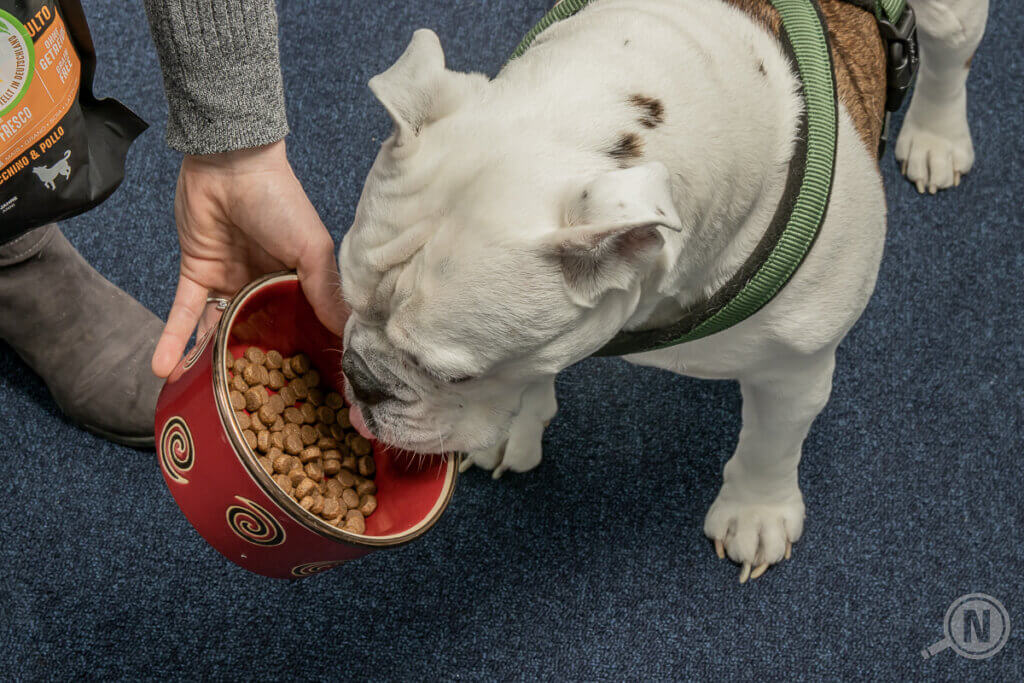
The organisation Deutscher Tierschutzbund e.V. tested vegetarian diets in adult, healthy dogs and came to the conclusion that it is basically possible to feed your dog a vegetarian diet, as long as care is taken to ensure that all the important nutrients are present. The situation was similar for vegan diets. However, the studies so far are short-term studies over a period of about six months. It is therefore unclear whether such a diet can have long-term consequences. For old dogs, puppies and pregnant as well as lactating bitches, the Animal Welfare Association strictly rejects the dietary protocols.
Caution, toxic!
Some foods that are harmless or even healthy for humans are toxic for dogs. Under no circumstances should you store these within reach of dogs, let alone give them to eat. The consequences can range from intolerance symptoms to death. These foods include chocolate, grapes and sultanas, onions and garlic, macadamia nuts, alcohol, xylitol (a sweetener), avocado, caffeine and raw pork.
Recognising allergies
Recognising an allergy or intolerance in dogs is not always easy. However, they usually let it be known when they are suffering. If your dog shows symptoms that point to an allergy, a visit to the vet is due. The most common symptoms of an allergy include
- Diarrhoea or excessively frequent and voluminous bowel movements,
- regular vomiting,
- dull coat,
- irritated skin and
- extreme scratching.
Changing dog food
If you change your dog’s food, for example because of a food allergy, you should not do this from one day to the next. Dogs don’t always react positively to a change of food, even if you are just switching from one type of dry food to another. If you are going to change, it is recommended that you do it over a period of time so that the dog has enough time to get used to the change, both taste-wise and digestively. For example, you can add a little of the new food to the old food at the beginning and gradually increase the amount of new dry food over several days or even weeks until the dog eats a whole portion of the new food without worrying.

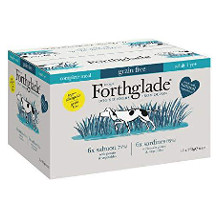


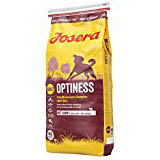
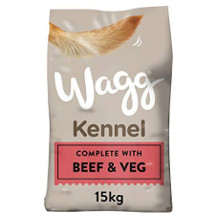
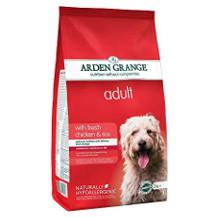
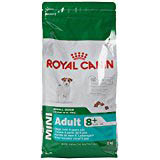

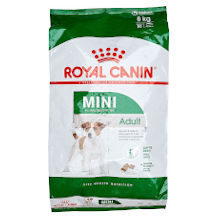
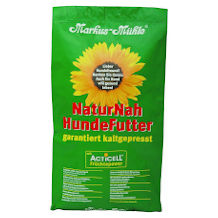
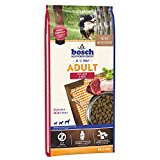
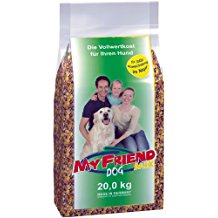
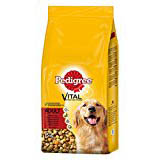
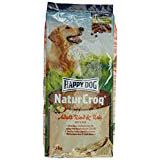

 2,548 reviews
2,548 reviews


